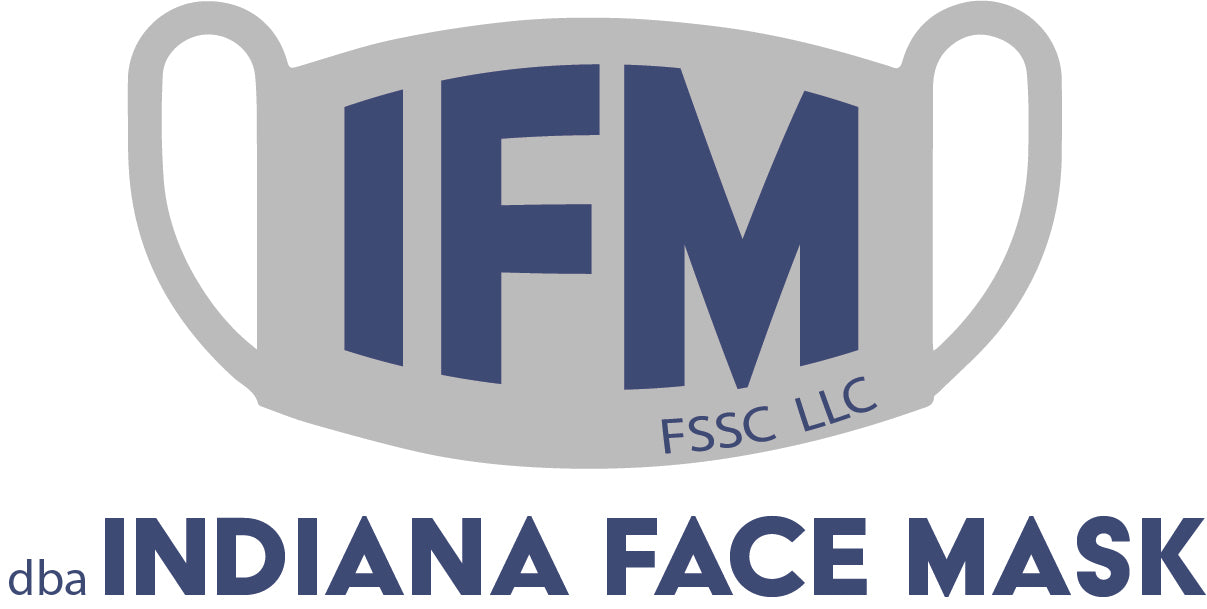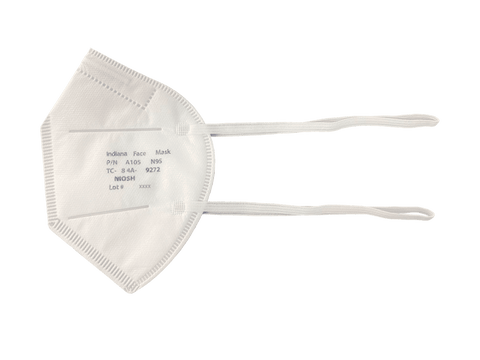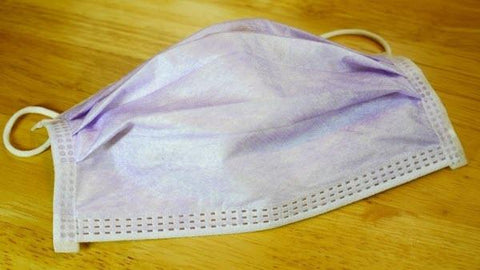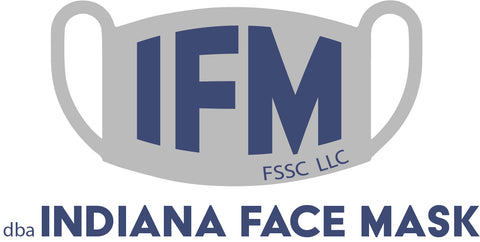An N95 respirator is a respiratory protective device designed to achieve a very close facial fit and very efficient filtration of airborne particles. The edges of the respirator are designed to form a seal around the nose and mouth. Surgical N95 Respirators are commonly used in healthcare settings and are a subset of N95 Filtering Facepiece Respirators (FFRs), often referred to as N95s.
— US Food and Drug Administration
General N95 Respirator Precautions
- People with chronic respiratory, cardiac, or other medical conditions that make breathing difficult should check with their health care provider before using an N95 respirator because the N95 respirator can make it more difficult for the wearer to breathe.
- Some models have exhalation valves that can make breathing out easier and help reduce heat build-up. Note that N95 respirators with exhalation valves should not be used when sterile conditions are needed.
- All FDA-cleared N95 respirators are labeled as "single-use," disposable devices. If your respirator is damaged or soiled, or if breathing becomes difficult, you should remove the respirator, discard it properly, and replace it with a new one. To safely discard your N95 respirator, place it in a plastic bag and put it in the trash. Wash your hands after handling the used respirator.
- N95 respirators are not designed for children or people with facial hair. Because a proper fit cannot be achieved on children and people with facial hair, the N95 respirator may not provide full protection.
Decontaminating Respirators
The FDA has issued Emergency Use Authorizations (EUAs) for the emergency use of decontamination systems for use in decontaminating certain respirators used by health care personnel when there are insufficient supplies of new respirators resulting from the COVID-19 pandemic. New FDA-cleared N95 respirators or NIOSH-approved N95 respirators or other FDA authorized respirators are always the first choice before a decontaminated respirator.
- If a used respirator that is FDA-cleared or NIOSH-approved is available and a new respirator covered under one of the FDA Emergency Use Authorizations for respirators is not available, you may consider decontaminating and reusing the used respirator with a decontamination system that has an FDA Emergency Use Authorization, if the used respirator is compatible with the decontamination system.
- If your facility is using respirators that have been subsequently removed from Appendix A, these respirators are no longer authorized by FDA for single use or for reuse by an FDA authorized decontamination system.
- Additionally, as of June 6, 2020, any respirator authorized by the Non-NIOSH-Approved Disposable Filtering Facepiece Respirators Manufactured in China, or any respirators with exhalation valves are not authorized to be decontaminated by any of the authorized decontamination systems.
- If you have concerns about respirators or questions about the packaging, labeling, or quality of the respirators, consider replacing, discarding, or returning the respirators to the distributor.
Respirators that are NIOSH-approved before decontamination only retain their NIOSH approval status post-decontamination if the respirator manufacturer permits the use of the decontamination method with the specific system and cycle parameters. To determine the NIOSH approval status of a specific decontaminated NIOSH-approved respirator, please check with the respirator manufacturer.
N95 Respirators in Industrial and Health Care Settings
Most N95 respirators are manufactured for use in construction and other industrial type jobs that expose workers to dust and small particles. They are regulated by the National Personal Protective Technology Laboratory (NPPTL) in the National Institute for Occupational Safety and Health (NIOSH), which is part of the Centers for Disease Control and Prevention (CDC).
However, some N95 respirators are intended for use in a health care setting. Specifically, single-use, disposable respiratory protective devices used and worn by health care personnel during procedures to protect both the patient and health care personnel from the transfer of microorganisms, body fluids, and particulate material. These surgical N95 respirators are class II devices regulated by the FDA, under 21 CFR 878.4040, and CDC NIOSH under 42 CFR Part 84.
N95s respirators regulated under product code MSH are class II medical devices exempt from 510(k) premarket notification, unless:
- The respirator is intended to prevent specific diseases or infections, or
- The respirator is labeled or otherwise represented as filtering surgical smoke or plumes, filtering specific amounts of viruses or bacteria, reducing the amount of and/or killing viruses, bacteria, or fungi, or affecting allergenicity, or
- The respirator contains coating technologies unrelated to filtration (e.g., to reduce and or kill microorganisms).
The FDA has a Memorandum of Understanding (MOU) with CDC NIOSH which outlines the framework for coordination and collaboration between the FDA and NIOSH for regulation of this subset of N95 respirators. Source




